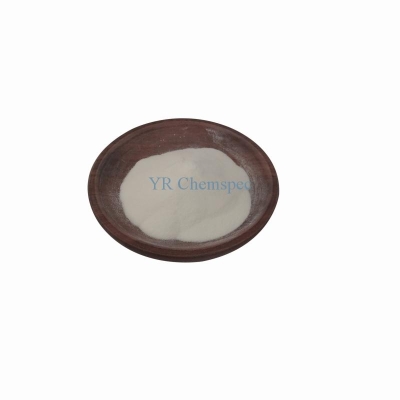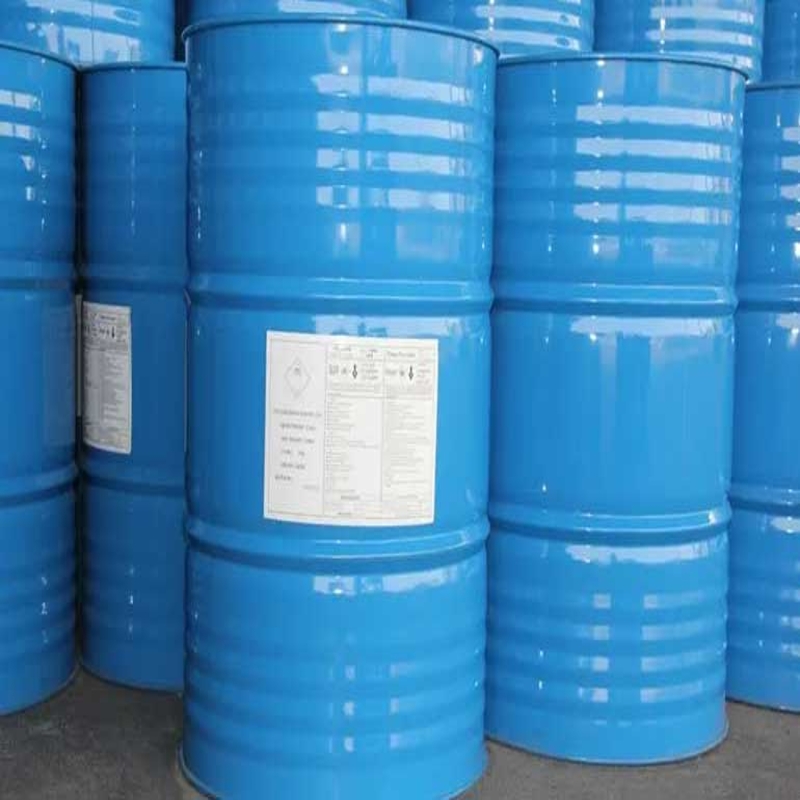-
Categories
-
Pharmaceutical Intermediates
-
Active Pharmaceutical Ingredients
-
Food Additives
- Industrial Coatings
- Agrochemicals
- Dyes and Pigments
- Surfactant
- Flavors and Fragrances
- Chemical Reagents
- Catalyst and Auxiliary
- Natural Products
- Inorganic Chemistry
-
Organic Chemistry
-
Biochemical Engineering
- Analytical Chemistry
-
Cosmetic Ingredient
- Water Treatment Chemical
-
Pharmaceutical Intermediates
Promotion
ECHEMI Mall
Wholesale
Weekly Price
Exhibition
News
-
Trade Service
According to the UK's National Physical Laboratory (NPL), the world's first ISO graphene standard has been published
.
Developed by NPL, the standard defines the terminology used to describe many different forms of graphene and related 2D materials, providing a basis and standard
for graphene testing and validation.
This standard will provide a consistent standard for the graphene industry and accelerate the commercial development
of two-dimensional materials represented by graphene.
It is reported that the standard will provide a consistent standard for the emerging global graphene industry and accelerate the commercial development
of two-dimensional materials represented by graphene.
The new international standard, led by NPL, defines the terminology used to describe many different forms of graphene and related 2D materials, providing a basis and standard
for graphene testing and validation.
This will provide a clear basis for graphene-related manufacturers, suppliers, NGOs, industry coalitions and academia to help unlock new applications for graphene, reduce manufacturing costs, and drive the development of industrial-scale graphene materials
for next-generation computer chips, smart sensors for clothing.
According to the UK's National Physical Laboratory (NPL), the world's first ISO graphene standard has been published
.
Developed by NPL, the standard defines the terminology used to describe many different forms of graphene and related 2D materials, providing a basis and standard
for graphene testing and validation.
This standard will provide a consistent standard for the graphene industry and accelerate the commercial development
of two-dimensional materials represented by graphene.
It is reported that the standard will provide a consistent standard for the emerging global graphene industry and accelerate the commercial development
of two-dimensional materials represented by graphene.
The new international standard, led by NPL, defines the terminology used to describe many different forms of graphene and related 2D materials, providing a basis and standard
for graphene testing and validation.
This will provide a clear basis for graphene-related manufacturers, suppliers, NGOs, industry coalitions and academia to help unlock new applications for graphene, reduce manufacturing costs, and drive the development of industrial-scale graphene materials
for next-generation computer chips, smart sensors for clothing.







